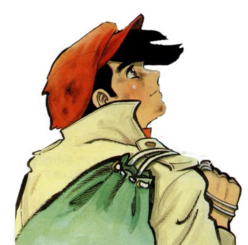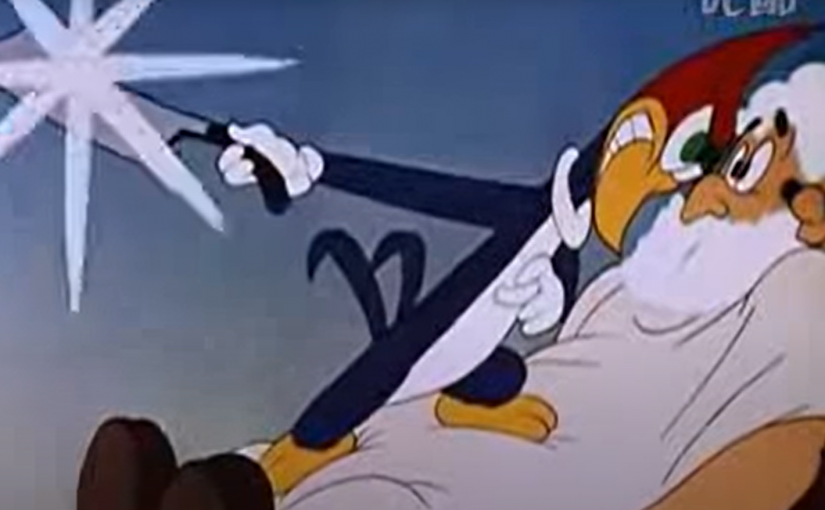After talking in detail about cartoons from the Golden Age of Animation from the great studios (Disney, Warner Bros’, MGM, Fleischer), Yesterday’s Joe is back with his favourite animated clips by… the rest. These will be kind of throwaway posts, but nonetheless there are a few interesting things to be found. Today’s turn is Walter Lantz’ animation studio, home of Andy Panda and Woody Woodpecker.
Walter Lantz Productions
Walter Lantz had been an indepented producer since 1935. He produced Oswald cartoons, but the Lucky Rabbit retired in 1938. He tried out several characters in the 30s, but only one, Andy Panda, stood out. In 1940 Woody Woodpecker was introduced in the same series, stole the spotlight and became Lantz’ biggest success. In the first three cartoons, Woody was voiced by Mel Blanc, also known as the voice of nearly all the Looney Tunes’ male characters: Bugs Bunny, Daffy Duck, Porky Pig, Tweety Bird, Sylvester the Cat, Yosemite Sam,… You name ‘em. Woody Woodpecker starred in his own cartoon series until 1972.
Andy Panda – Knock Knock, 1940
First appearance of Woody Woodpecker, who got his own series the year after. Woody was created by Lantz and Ben Hardaway, who has previously laid the groundwork for Bugs Bunny and Daffy Duck.
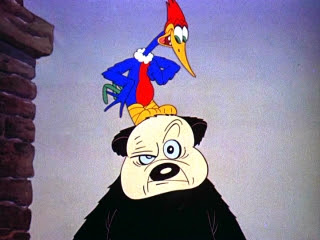
Woody Woodpecker – Pantry Panic, 1941
And here he is in full glory. Not only that, note how these cartoons were at least on par with any Looney Tunes or Merrie Melody of the time.
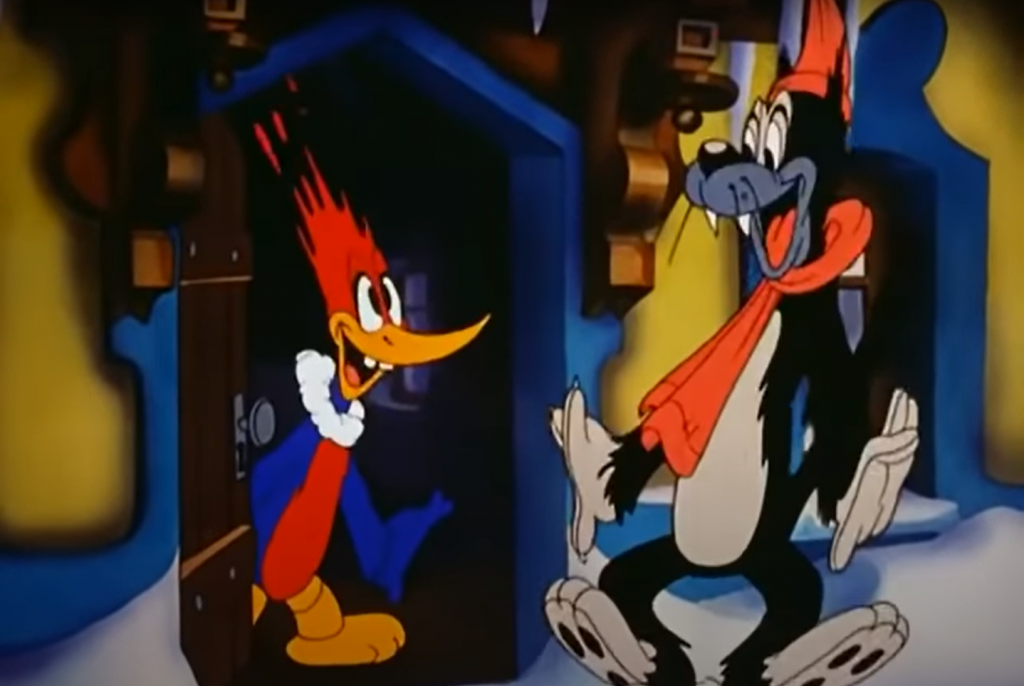
Woody Woodpecker – The Barber of Seville, 1944
A classic, featuring a more streamlined version of Woody, conform to modern Disney standards. You can see one of the first uses of fast cutting in animation. I can’t explain, you’ll see when you see it. Courtesy of James Culhane.
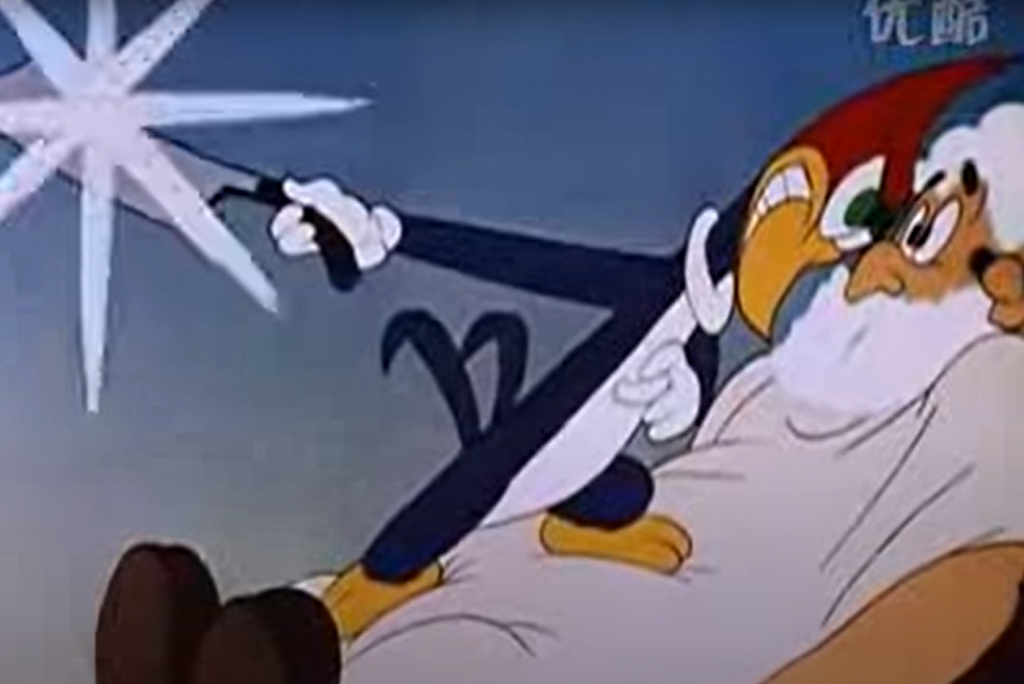
Woody Woodpecker – The Beach Nut, 1944
Wally Walrus was another popular Lantz character. Here’s his first appearance. If you’d like a look at some common animation techniques used by the studio, I suggest this blogpost.
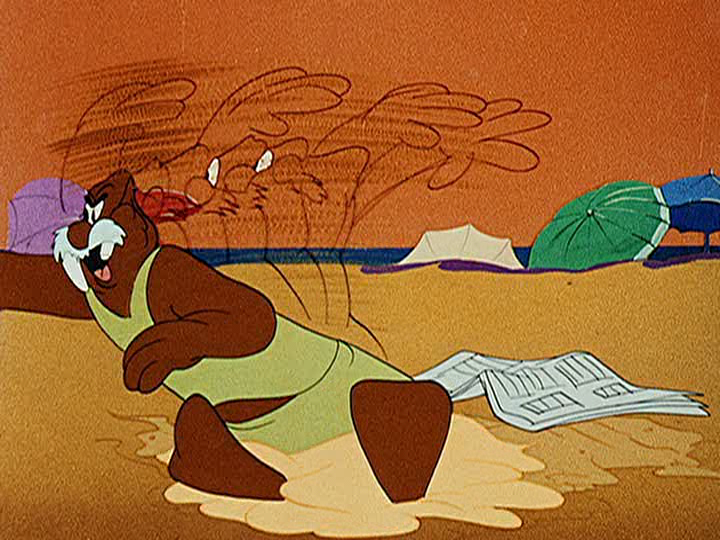
Musical Miniatures – Kiddie Koncert, 1948
A tried and true concept, overused even, but the Lantz visual style offers some new territory for funny gags.
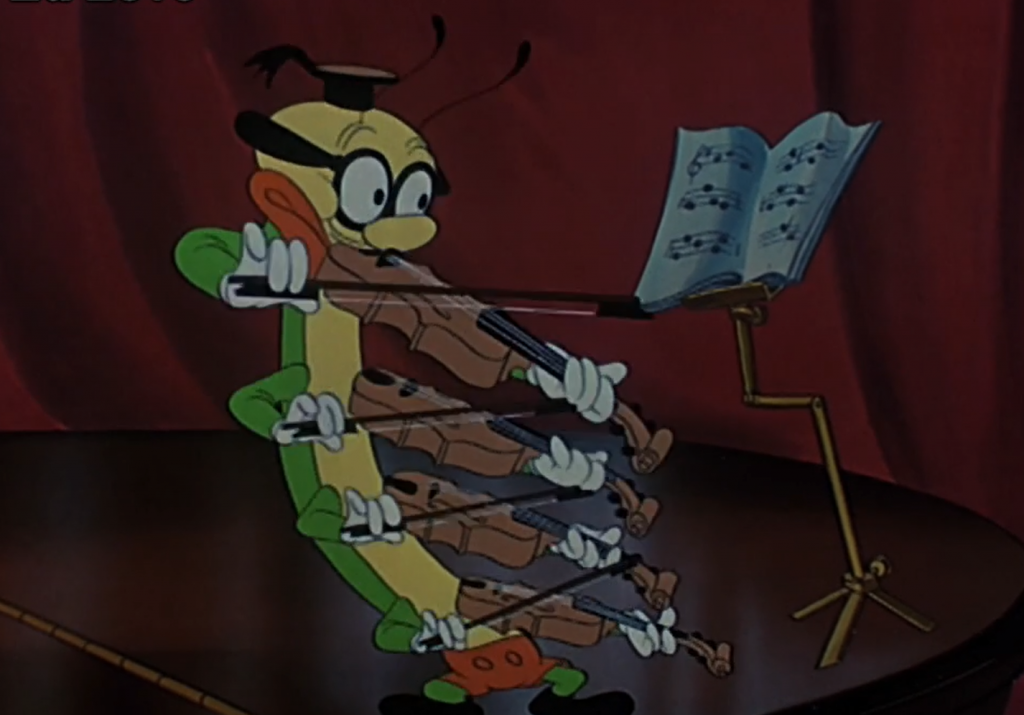
Woody Woodpecker – Wet Blanket Policy, 1948
Two debuts here. First is Buzz Buzzard, who became a more popular adversary for Woody, than Wally Walrus. Second is the Woody Woodpecker theme song. This tune sold over 250,000 records within ten days of its release, which caused Lantz to hastily insert it into Wet Blanket Policy, which is why the action and music don’t match up in the beginning of the cartoon. It was also nominated for an Academy Award for Best Original Song, the first and only tune from a cartoon to do so.
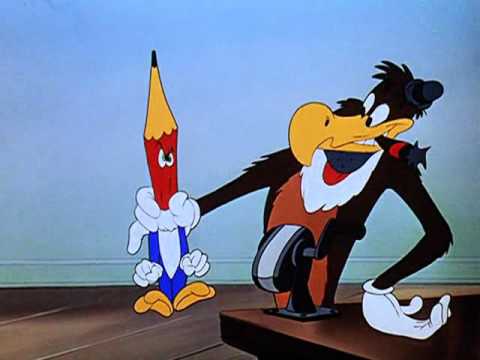
The studio was shut down temporarily at the end of 1948 to reopen in 1950. More on that in later posts.
Next up:
Terrytoons (1937-1949)
Previous Posts:
Early stages of animation: 1920-1937 – The rise of cartoons
Disney’s Snow White and the Seven Dwarves (1937) – Golden Age of Animation
Disney’s Pinocchio (1940) – Golden Age of Animation
Disney’s Fantasia (1940) – Golden Age of Animation
Disney’s Dumbo (1941) vs. Bambi (1942) – Golden Age of Animation
Disney Cartoons 1937-1949 – Golden Age of Animation
Warner Bros’ Cartoons 1937-1949 – Golden Age of Animation
Metro-Goldwyn-Mayer cartoons 1937-1949 – Golden Age of Animation
Fleischer/Famous Studios Cartoons 1937-1949 – Golden Age of Animation
Mintz/Screen Gems cartoons 1937-1949 – Golden Age of Animation
UPA limited animation 1943-1949 – Golden Age of Animation
